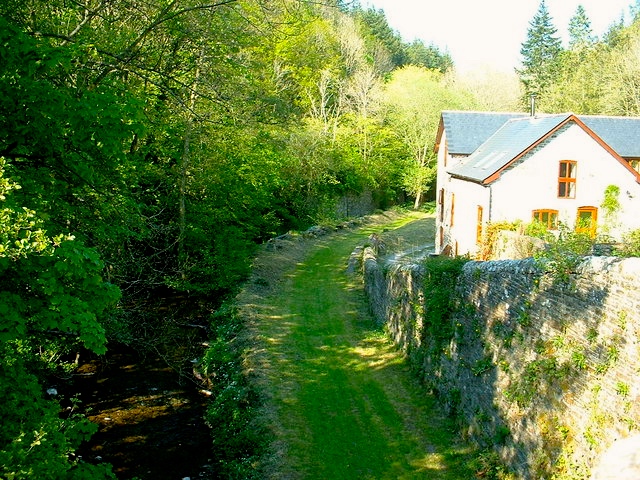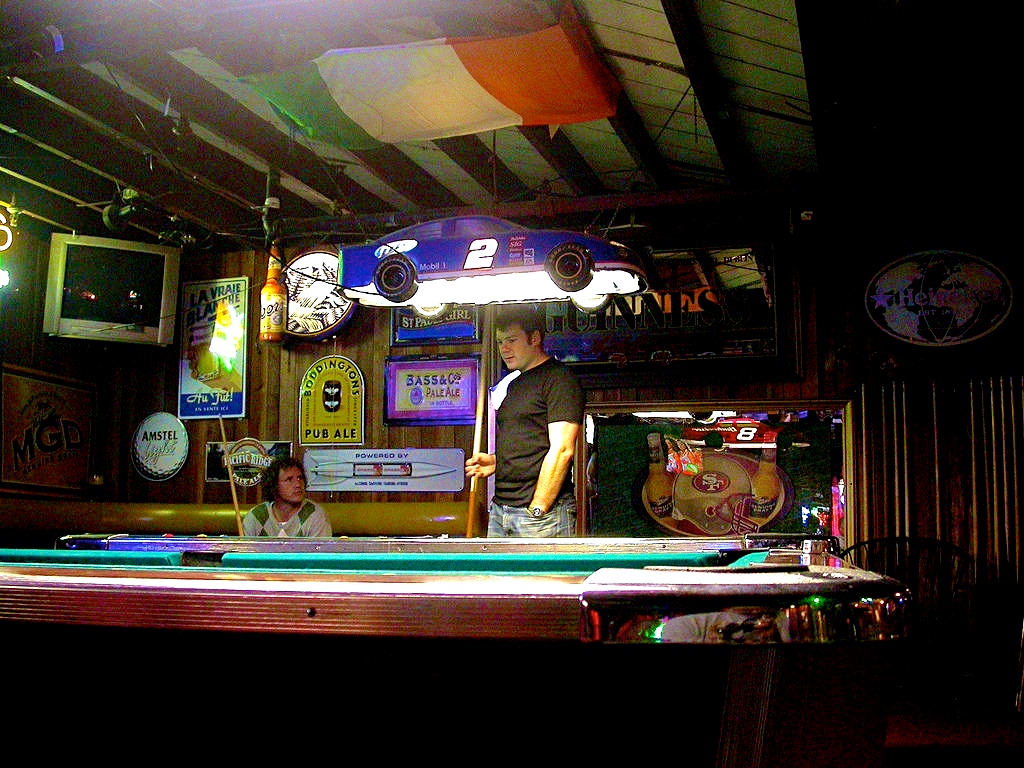Note: This book was WINNER of the Frank O’Connor International Short Story Award, WINNER of the Guardian First Book Award, and WINNER of the Rooney Prize for Irish Literature.”
“My town is nowhere you have been, but you know its ilk. A roundabout off a national road, an industrial estate, a five-screen Cineplex, a century of pubs packed inside the square mile of the town’s limits. The Atlantic is near; the gnarled jawbone of the coastline with its gull-infested promontories is near….I am young, and the young do not number many here…”
 Colin Barrett, a thirty-two-year-old author from rural Knockmore in County Mayo, Ireland, sets his six stories and one novella in the fictional town of Glasbeigh, located near the Atlantic and “the gnarled jawbone of the coastline,” with its gulls. In many ways Glasbeigh’s location resembles that of his own childhood in Knockmore, and his stories of the “young skins” who have been born and bred and probably will always live in Glasbeigh not only ring true but come alive in surprising and often darkly humorous and ironic ways. His main characters, young men in five of the stories, and only slightly older in the last two, have the same urges and needs of all young people, but these youth are limited in their outlooks by the paucity of opportunities, and while some may have dreams, they are most often small dreams which they hope to achieve within their current constricted lives.
Colin Barrett, a thirty-two-year-old author from rural Knockmore in County Mayo, Ireland, sets his six stories and one novella in the fictional town of Glasbeigh, located near the Atlantic and “the gnarled jawbone of the coastline,” with its gulls. In many ways Glasbeigh’s location resembles that of his own childhood in Knockmore, and his stories of the “young skins” who have been born and bred and probably will always live in Glasbeigh not only ring true but come alive in surprising and often darkly humorous and ironic ways. His main characters, young men in five of the stories, and only slightly older in the last two, have the same urges and needs of all young people, but these youth are limited in their outlooks by the paucity of opportunities, and while some may have dreams, they are most often small dreams which they hope to achieve within their current constricted lives.
“The Clancy Kid,” which establishes the tone and the themes for the entire collection, opens in a pub, where the speaker, Jimmy Devereux is sitting with his friend Tug, whose real name is Brendan. “Brendan” was the name of Tug’s older brother who died as a thirteen-month-old toddler. As a result, Tug “was bred in a family warped by grief, and was himself a manner of ghosteen,” never able to shed the vision in the cemetery of “the lonely blue slab with his own name etched upon it in fissured gilt.” Overweight and sexually innocent, he keeps his hair almost shaved, and dresses in imitation of Marlon Brando in “Apocalypse Now.” Here the author’s use of descriptive detail to convey important themes and ideas is obvious, and when the reader then learns more about Jimmy Devereux, Tug’s friend, the conflict that will erupt in the story becomes clear.
Jimmy Devereux claims to have an off-and-on girlfriend even though someone else got her pregnant last year. She had the baby, just after Christmas. Jimmy has recently run into her again at a club, which included girls with “explosively frizzed hair” and “donkeynecked boys…who wear their shirtsleeves rolled up past the elbows, as if at any moment they might be called upon to pull a calf out of a cow’s steaming nethers.” Now she has appeared yet again, “and if it wasn’t for the acne scars worming across her cheeks she’d be a beauty, my Marlene.” She is accompanied by Mark Cuculann, the father of her baby. When Jimmy and Tug depart the pub, they are about to deal with two very different situations, their actions showing how they both think and act under completely different circumstances, which lead the reader to understand them and see them both as human, despite their personal limitations. The story ends on a melancholy note which stresses all that is missing in their lives and contrasts them with children who still have chances to live a life of the imagination – or not.
This perfect introduction to the collection shows the first of many characters dealing (or not dealing) with their lives and their environment on their own. Most are, by nature, limited in their abilities to handle problems. “Bait,” the second story, shows another pair of characters, the protective and thoughtful Teddy and his cousin Matteen. Both are also lonely and looking for love. As in the case of Jimmy and Tug, one character, Teddy, is the “minder” of the other, less thoughtful one. Here, however, the characters’ roles change from what we see in “The Clancy Kid,” moving in ironic directions. Though Matteen has a real skill as a pool hustler and is able to earn money, the girls they meet have devious and nasty plans of their own. “The Moon,” a story about Val, a bouncer, and his right-hand man Boris, shows them as, through no fault of their own, they also come under the spell of women who have more insights into the world than they do.

In "The Moon," Val and Boris take Martina and Joan to the Mule River, shown here, to enjoy the scenery. Photo by David Medcalf, licensed for reuse under a Creative Commons License. See credits at end.
Fate and the accidents which occur as a result of a character’s choices, misjudgments, and lack of insight into his own limitations create unexpected twists and turns to the story lines, often leading the reader to feel sympathetic toward these characters even when they bring on their own disasters. The story of Bat, a worker at a Maxol service station, in “Stand Your Skin,” is the saddest of the collection, a man who by complete accident becomes a loner, hiding his face behind a motorcycle helmet and thick waist-length hair. “Calm with Horses,” a ninety-page novella, has two main characters, Dympna and Arm, both minor dealers in marijuana, who get their supply from Dympna’s uncles, who live in the most rural of areas and grow a particularly potent strain of marijuana in their basement. All of the characters live on the edge, physically and emotionally. Here the reader gets to know Dympna and Arm as they act violently sometimes and with great sensitivity at other times – in Arm’s case, acting lovingly with his disabled son. Again, it is an act of fate – or miscommunication – which leads to disaster, and in this story, horrific violence. The final two stories, “Diamonds” and “Kindly Forget My Existence” focus on somewhat “older” people, in their thirties and forties, as they face crises in which they show their inability to deal with their lives’ changes.

In "Calm with Horses," Dympna's two uncles grow a potent variety of marijuana in the basement of their house, and Dympna and others are dealers.
Writers who straddle the line between tragedy and comedy seem to live in greater numbers in Ireland than anywhere else that I know of, and it is rare that I become so enchanted by an author’s unique style and insights into big themes that I can hardly wait to get to the next story. The novella, “Calm with Horses,” for all its violence, never abandons character, and the final story, about two men trying to decide whether to attend the funeral of a woman they both loved provides an appropriate ending and vision of hope.
Photos, in order: The author’s photo appears on http://www.irishtimes.com/
Knockmore, meaning “Big Hill,” is where the author grew up. See: http://mountainviews.ie/
Matteen had skill as a pool player and regularly earned money at the pubs. The photo is from http://sfxplorer.com/
In “The Moon,” Val and Boris take Martina and Joan to the Mule River to enjoy the scenery. http://www.geograph.org.uk/ © Copyright David Medcalf, licensed for reuse under this Creative Commons Licence
Dympna and Arm become dealers for Dympna’s uncles, Hector and Paudi Devers, who grew a potent variety of marijuana in the basement of their rural house. https://valetudocafe.wordpress.com/



